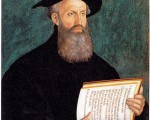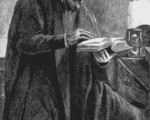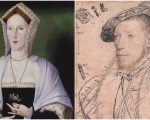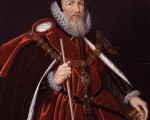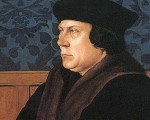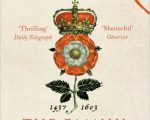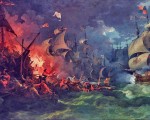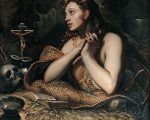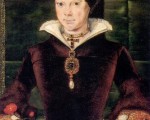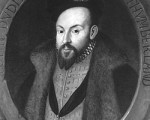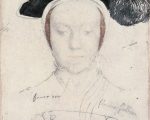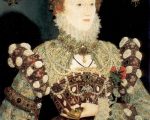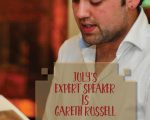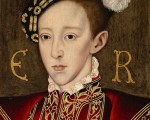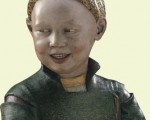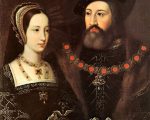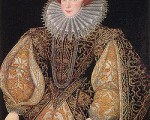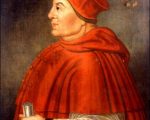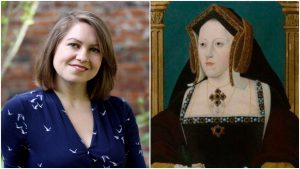 This month's live chats will be taking place in the Tudor Society chatroom on Friday 22nd September and Saturday 30th September.
This month's live chats will be taking place in the Tudor Society chatroom on Friday 22nd September and Saturday 30th September.
Informal Live Chat - 22 September
September's informal live chat discussion is on Catherine of Aragon and the annulment of her marriage to Henry VIII. Questions, theories, viewpoints, book recommendations etc. on anything to do with this topic are welcome. Was Catherine right to fight for her marriage? Should she have taken the veil? What about Henry VIII - did he have a valid point? etc. etc. Let's enjoy discussing this topic.
With our informal chats, we don't have an expert to 'grill', we just all bundle into the chatroom and have fun debating the topic for an hour. I (Claire) am usually the moderator, and will be for this one, and I'll just be there to check that it runs smoothly, and to join the debate too.
Here are the times in different time zones:
- London, UK - Friday 22 September at 10pm
- Madrid, Spain - Friday 22 September at 11pm
- New York, USA - Friday 22 September at 5pm
- Los Angeles, USA - Friday 22 September at 2pm
- Sydney, Australia - Saturday 23 September at 7am
- Adelaide, Australia - Saturday 23 September at 6.30am
Expert Live Chat - 30 September
This month's expert speaker, historian and author Elizabeth Norton, is joining us in the chatroom on Saturday 30th September to answer your questions on her talk "The Live of Tudor Women". If you missed her talk then you can click here to view the video now. It's a wonderful talk.
Our expert live chat sessions last for an hour and they are your chance to ask our experts questions about their talk, their research and/or their books.
Here are the times in different time zones:
- London, UK - Saturday 30 September at 10pm
- Madrid, Spain - Saturday 30 September at 11pm
- New York, USA - Saturday 30 at 5pm
- Los Angeles, USA - Saturday 30 September at 2pm
- Sydney, Australia - Sunday 1 October at 8am
- Adelaide, Australia - Sunday 1 October at 7.30am
You can find the chatroom at https://www.tudorsociety.com/chatroom/. It's really easy to join in, you just go to the chatroom at the scheduled time and type your question or comment into the text box and click on "send", or feel free to lurk! They're always good fun.
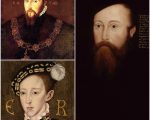

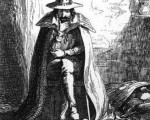
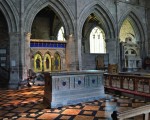
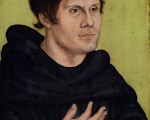
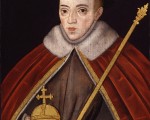
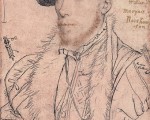
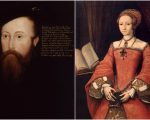
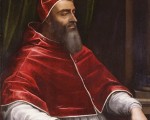
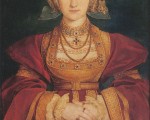
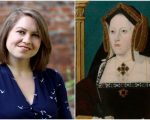
 This month's live chats will be taking place in the Tudor Society chatroom on Friday 22nd September and Saturday 30th September.
This month's live chats will be taking place in the Tudor Society chatroom on Friday 22nd September and Saturday 30th September.